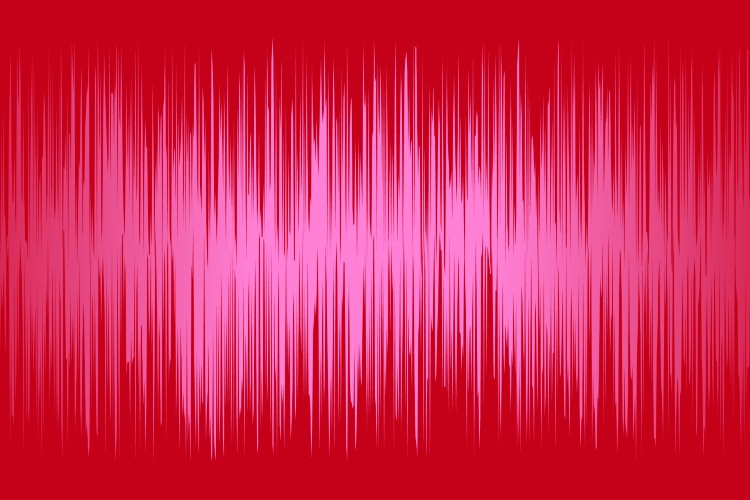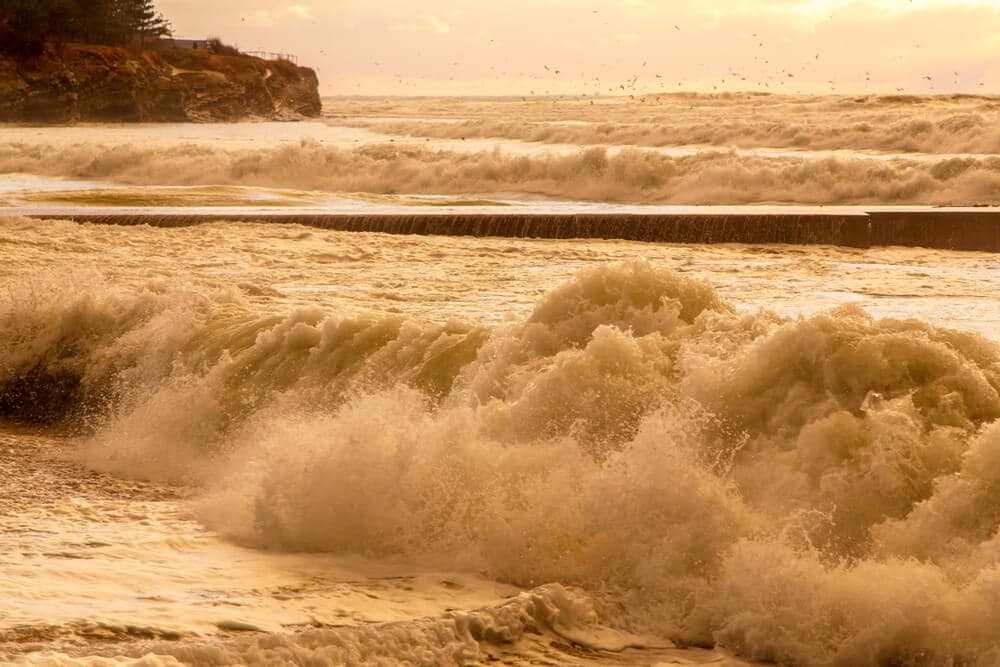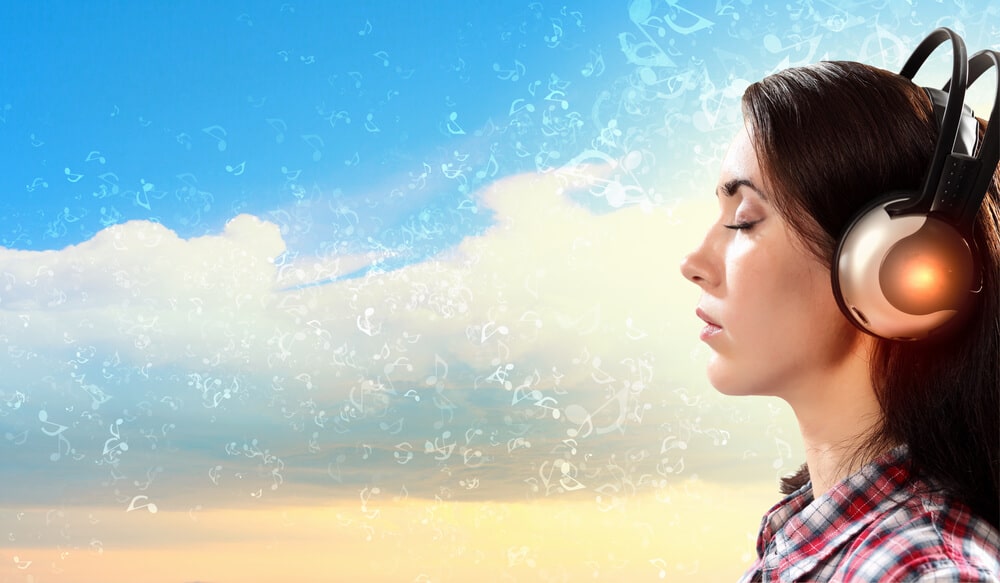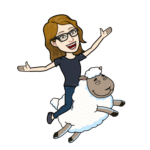Sleep masks, melatonin, tea, essential oils… There are plenty of sleep aids people use in the hopes of getting some shut-eye. However, something as simple as sound may be just as effective for inducing drowsiness. White noise, especially, is an effective sleep aid.
But what exactly is white noise, anyway? And why does it help us sleep?
What is White Noise?

Many use white noise interchangeably with the term background noise. However, white noise is also a scientific term that refers to a noise that has the same intensity at various frequencies, or tones. In other words, it is a repetitive-sounding, humdrum noise.
Why is White Noise Effective?
There’s no doubt about it: white noise really is an effective sleep aid for all ages.[1,2,3] Why does white noise make us so darn sleepy, though? It all has to do with the concept of sound masking.
Sound masking basically means what it sounds like: you use one noise to cover up, or mask, another noise.[4] Notably, the masking sound doesn’t actually reduce the loudness of the original noise. Rather, the masking sound just makes the original noise seem quieter. In some cases, sound masking can be so effective that someone may not even consciously notice the original noise.
For example, say an upstairs neighbor is being noisy, making it hard for you to sleep. You turn on your box fan to drown out the sound of your neighbor. With your focus now on the sounds of your fan, you can finally relax and go to sleep.
Why?
Because your box fan has effectively masked the sound of your neighbor. Importantly, your neighbor’s sounds were loud and erratic; this unpredictability can make it extremely hard to fall asleep. Conversely, the box fan produced slow and steady noises. The result was a sound that didn’t startle or otherwise excite you as you were trying to fall asleep. When you focused more on this sound, it was easier for your brain to calm down so you could fall asleep.
Now, white noise isn’t the only noise that people use for sound masking and sleep. Pink noise and Brown noise are also popularly used for this purpose.
What is Pink Noise?

Pink noise is a random noise where each octave has an equal amount of energy. Now, this type of octave is similar to, but not exactly the same, as a musical octave. In electronics and physics, an octave is a unit that describes a 2:1 ratio between two frequencies. In other words, if one frequency is described as an octave above another frequency, it is the double of this amount. For instance, 20 Hz is an octave above 10 Hz. Some of the most common sounds in nature are actually pink noises, found in phenomena like earthquakes.
Like white noise, pink noise seems to be conducive to sleep. For example, one 2012 study examined the effects of pink noise on sleep quality. Researchers found that pink noise calmed the brain, which helped their subjects sleep better.[5]
What is Brown Noise?

Also known as red noise, Brown noise is so named because it resembles Brownian motion. Now, Brownian motion refers to the movement of particles as they collide with other particles. So, Brown noise is constantly, randomly changing. Notably, at higher frequencies, Brown noise has less energy. At lower frequencies, the reverse is true.
Brown noise can also be effective as a sleep aid; many liken the sound to rough ocean waves or a roaring waterfall, which many find relaxing.
Final Thoughts
Research suggests that something as simple as a little background noise can help people sleep better. For those who are looking for a cost-effective way to get some shut-eye, using a little background noise is a good place to start.
Need a Good Source of White Noise?
Many people use white noise machines to produce relaxing sounds that soothe them to bed. However, these machines can be quite expensive. Plus, they can be hard to take with you on the go. To help you out, we developed our own white noise sleep app. With our app, you can fall asleep to any of the following sounds: white, pink and brown noises, cicadas, rain, waterfalls, box fans, and campfires.
Best of all, our app is 100% free to download and use, with absolutely no paywalls. And, unlike other free apps, our white noise app does not host ads. What can we say—we mean it when we say we’re committed to helping you get the best rest possible.
You can check out our app in the Apple App Store; click here to start your Z-catching journey.
Or, if YouTube is more your speed, you can check out our channel by clicking here. It’s filled with hours of soothing sounds for sleep enthusiasts of all ages. You can also find noise-cancelling headphones online available at various price points.
Terms
- Brown Noise / Brownian Noise / Red Noise: Random noises with alternating frequencies and energies, with higher frequencies having lower energy and low frequencies having high energy. It is named after Robert Brown, who discovered Brownian motion, which is similar to Brown noise.
- Octave: A 2:1 ratio between frequencies.
- Pink Noise: A random collection of sound waves where each octave has the same amount of energy; commonly found in nature, pink noise may also help sleep.
- Sound Masking: When one sound seemingly covers up another sound. The premise behind white noise machines.
- White Noise: While often used interchangeably with background noise, white noise is also a technical term for a collection of various sound waves with the same intensity; often used as a relaxing background noise.
References
[1]Farokhnezhad Afshar, P., Bahramnezhad, F., Asgari, P., & Shiri, M. (2016). Effect of White Noise on Sleep in Patients Admitted to a Coronary Care. Journal of caring sciences, 5(2), 103–109. doi:10.15171/jcs.2016.011
[2]Forquer, L.M., & Johnson, C.M. (2005). Continuous White Noise to Reduce Resistance Going to Sleep and Night Wakings in Toddlers. Child and family behavior therapy, 27(2): 1-10. Retrieved from https://eric.ed.gov/?id=EJ698945
[4]Kawase, T., Maki, A., Kanno, A., Nakasato, N., Sato, M., & Kobayashi, T. (2012). Contralateral white noise attenuates 40-Hz auditory steady-state fields but not N100m in auditory evoked fields. Neuroimage, 59(2): 1037-42. DOI: 10.1016/j.neuroimage.2011.08.108
[3]Spencer, J. A., Moran, D. J., Lee, A., & Talbert, D. (1990). White noise and sleep induction. Archives of disease in childhood, 65(1), 135–137. doi:10.1136/adc.65.1.135
[5]Zhou, J., Liu, D., Li, X., Ma, J., Zhang, J., & Fang, J. (2012). Pink noise: effect on complexity synchronization of brain activity and sleep consolidation. Journal of theoretical biology, 306: 68-72. https://doi.org/10.1016/j.jtbi.2012.04.006
Disclaimers
This article is not professional advice; it is not meant to diagnose, treat, cure, or prevent any disease or condition.


